Discover financial empowerment resources
Discover financial empowerment resources
The Dollars Seen Differently podcast breaks down financial topics to make them more accessible for people who are blind, Deafblind or have low vision. Hosted by Ryan Hooey, each episode features a down-to-earth conversation with financial experts, offering practical tips and resources on topics...

The Annual Report by the Office of the taxpayer's ombudsman provides key achievements, identifies Canada Revenue Agency (CRA) service issues and outlines trends in complaints. In addition, the report includes three recommendations to the Minister of National Revenue and the Chair of the Board of...
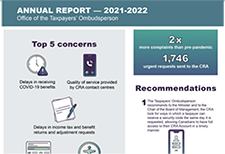
This report presents the findings of extensive research about employable singles on social assistance undertaken by Toronto Employment and Social Services, in partnership with the Ontario Centre for Workforce Innovation. Drawing on data from 69,000 singles who were receiving social assistance in...

This article provides a general snapshot of the employment and income impacts of COVID-19 on survey participants aged 15 to 64 living with long-term conditions and...
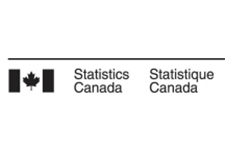
Since 2017, the Canadian Observatory on Homelessness and A Way Home Canada have been implementing and evaluating three program models that are situated across the continuum of prevention, in 10 communities and 12 sites in Ontario and Alberta. Among these is an early intervention called Youth...
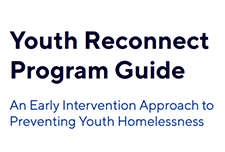
This resource provides a list of free legal information resources produced by Community Legal Education Ontario...
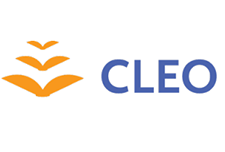
This brief discusses the savings penalties in public assistance programs in the United States, also known as asset limits, and that actions that can be taken to eliminate these limits and the barriers towards building savings for families living on low...
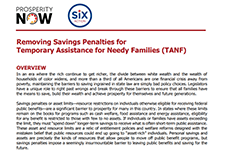
Proliteracy.ca analyzes historical living expenses from over 160 cities and tuition from over 100 universities and colleges in Canada to predict the cost of post secondary education in the future. Their tool suggests financing options based on your profile. Learn about RESP, grants, scholarships...
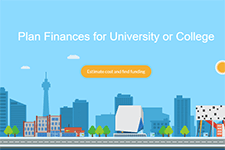
Answer the questions in this Government of Canada online tool to get a customized list of benefits for which you may be eligible. The Benefits Finder may suggest benefits from federal, provincial or territorial...

This Economic Insights article documents the characteristics of families with children under the age of 18 who hold registered education savings plan (RESP) investments. The article also examines the relationship between holding an RESP account at age 15 and postsecondary enrolment between the ages...
This is the first in a series of @ Issue Papers that looks at the participation of traditionally under-represented cohorts in postsecondary education. The purpose of this @ Issue Paper is to summarize what is currently known about the participation of low-income students in PSE, with a particular...
Canada has quietly moved from the era of the health care review to the era of the review of postsecondary education. Having digested (or set aside) the recommendations of the Romanow and Kirby commissions, federal and provincial governments have developed an appetite for proposals on how to enhance...
This is a financial planning guide developed by OCAD Financial Aid, to help art and design students learn about financial goals, spending, money management, and other...
Promotion of high school students’ access to post-secondary education is a major goal of Canadian governments, in part because of its increasingly important role in helping individuals attain social and economic success. Yet, uncertainty remains as to the best policy interventions to encourage...
In this brief, we explore the dynamic patterns of student borrowing across sectors of higher education since 1996. In particular, we examine the role of student demographics, financial need, work behaviour, and educational costs in contributing to the trends in student borrowing. An understanding...
Reimagining financial aid to include asset accumulation for those currently disadvantaged has the potential to meet one of our most critical challenges: equipping enough students to succeed in college education to power future societal economic prosperity, at a cost individual students and our...
In most cases, allowable uses of CSAs are limited to higher education initially, with some allowance for homeownership, entrepreneurship, or other capital investment later. Although, more recent proposals for CSAs also include tiered structures so that children could access some savings while still...
